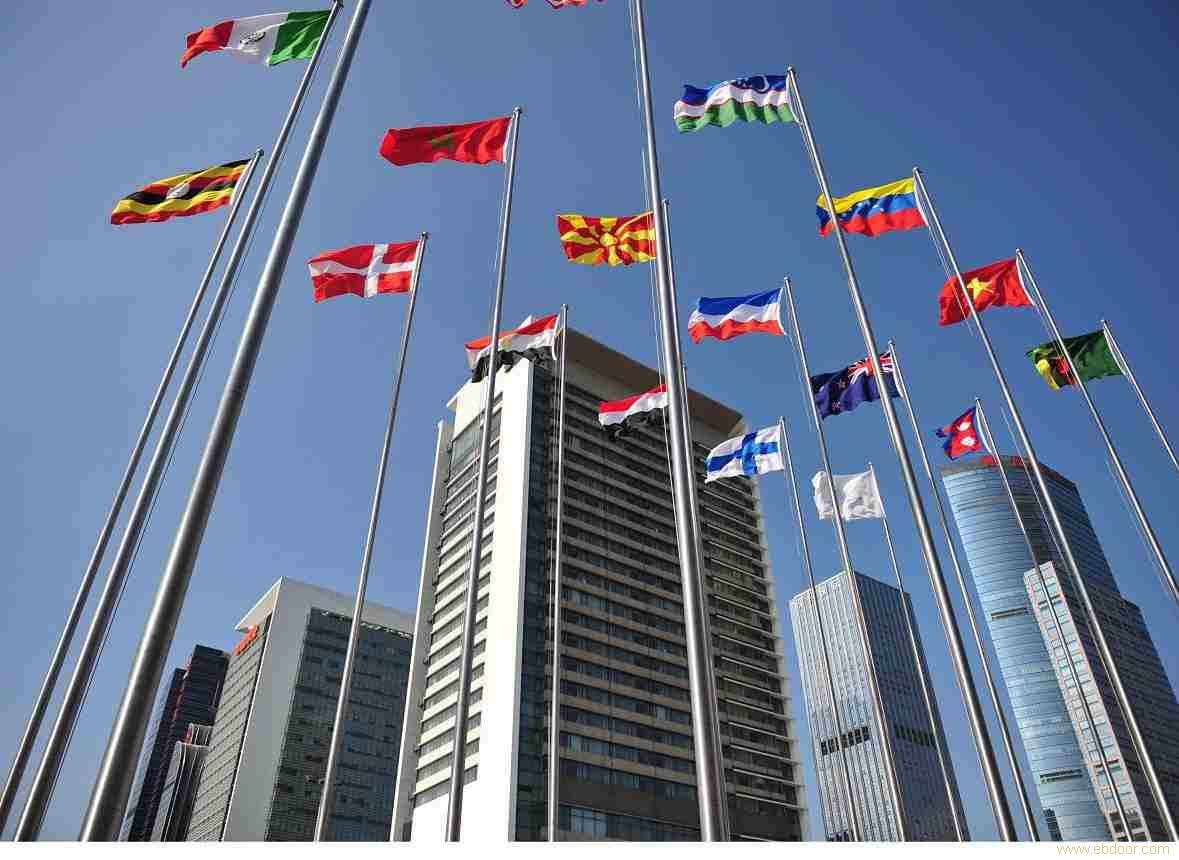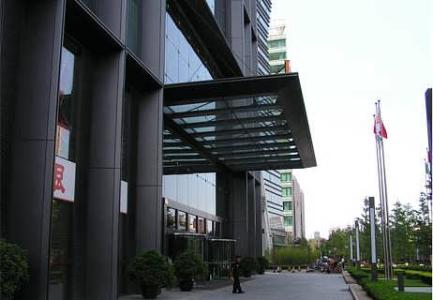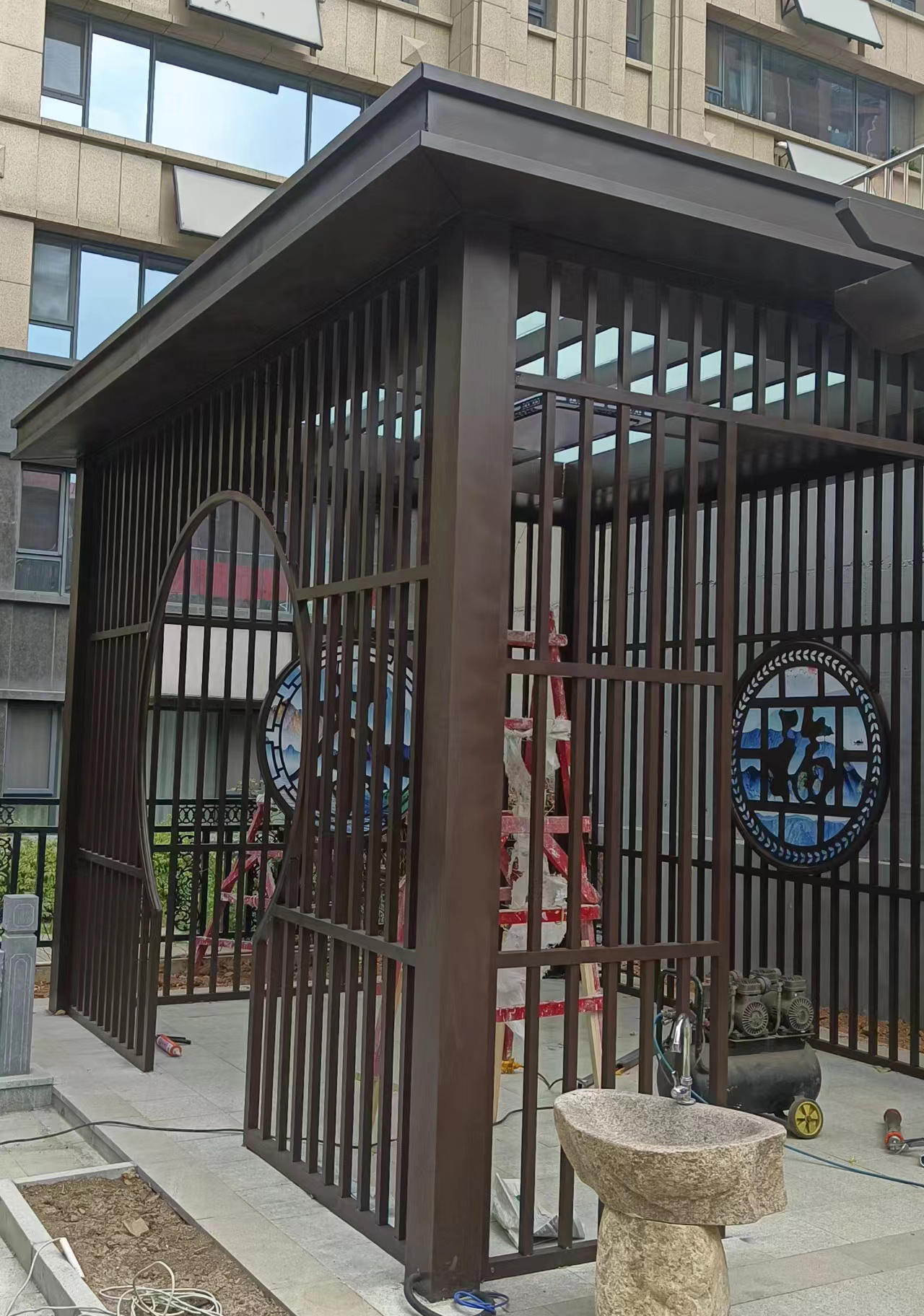常見問題
question
企業(yè)案例
case
聯(lián)系我們
- 聯(lián)系人:濟(jì)南燕翔鐵藝制品有限公司
- 手機(jī):15953126901
- 電話:15153196527
- 郵箱:785385551@qq.com
- 地址:濟(jì)南市天橋區(qū)歷山北路黃臺(tái)不銹鋼市場3區(qū)317

輕型鋼結(jié)構(gòu)自身的特點(diǎn)
來源:http://qzone9781.cn 日期:2023-05-01 發(fā)布人: 瀏覽次數(shù):8次
輕型鋼結(jié)構(gòu)通常用于高層、大跨度、體型復(fù)雜、荷載或吊車起重量大、有較大振動(dòng)、高溫車間、密封性要求高、要求能活動(dòng)或經(jīng)常裝拆的結(jié)構(gòu)。直觀的說:大廈、體育館、歌劇院、大橋、電視塔、倉棚、工廠、住宅和臨時(shí)建筑等。這是和濟(jì)南輕型鋼結(jié)構(gòu)自身的特點(diǎn)相一致的。
Light steel structures are usually used in high-rise, large-span, complex structures, heavy loads or cranes, workshops with significant vibrations, high temperatures, high sealing requirements, and structures that require mobility or frequent disassembly. Intuitively speaking, buildings, gyms, opera houses, bridges, television towers, warehouses, factories, residential and temporary buildings, etc. This is consistent with the characteristics of Jinan's lightweight steel structure itself.
輕型鋼結(jié)構(gòu)通常有框架、平面(木行)架、網(wǎng)架(殼)、索膜、輕鋼、塔桅等結(jié)構(gòu)型式。其理論與技術(shù)大都成熟。亦有部分難題沒有解決,或沒有簡單實(shí)用的設(shè)計(jì)方法,比如網(wǎng)殼的穩(wěn)定等。
Light steel structures usually have structural types such as frames, flat (wooden) frames, grid frames (shells), cable membranes, light steel, towers and masts. Most of its theories and technologies are mature. There are also some problems that have not been solved, or there is no simple and practical design method, such as the stability of the grid shell.
結(jié)構(gòu)選型時(shí),應(yīng)考慮它們不同的特點(diǎn)。在輕鋼工業(yè)廠房中,當(dāng)有較大懸掛荷載或移動(dòng)荷載,就可考慮放棄門式剛架而采用網(wǎng)架?;狙捍蟮牡貐^(qū),屋面曲線應(yīng)有利于積雪滑落(切線50度內(nèi)需考慮雪載)。
When selecting structures, their different characteristics should be considered. In light steel industrial buildings, when there is a significant hanging load or moving load, it can be considered to abandon the portal rigid frame and use a grid structure. In areas with high basic snow pressure, the roof curve should be conducive to snow accumulation and sliding (considering snow load within 50 degrees of the tangent).
總雪載釋放近一半。降雨量大的地區(qū)相似考慮。建筑允許時(shí),在框架中布置支撐會(huì)比簡單的節(jié)點(diǎn)剛接的框架有更好的經(jīng)濟(jì)性。而屋面覆蓋跨度較大的建筑中,可選擇構(gòu)件受拉為主的懸索或索膜結(jié)構(gòu)體系。
Nearly half of the total snow load is released. Similar considerations are given to areas with high rainfall. When the building allows, arranging supports in the frame will have better economic efficiency than simply connecting the nodes to the frame. In buildings with a large span of roof covering, a suspension cable or cable membrane structure system with components mainly subjected to tension can be selected.


高層輕型鋼結(jié)構(gòu)設(shè)計(jì)中,常采用鋼混凝土組合結(jié)構(gòu),在地震烈度高或很不規(guī)則的高層中,不應(yīng)單純?yōu)榱私?jīng)濟(jì)去選擇不利抗震的核心筒加外框的形式。宜選擇周邊巨型src柱,核心為支撐框架的結(jié)構(gòu)體系。我國半數(shù)以上的此類高層為前者。對(duì)抗震不利。
In the design of high-rise lightweight steel structures, steel-concrete composite structures are often used. In high-rise buildings with high or irregular seismic intensity, the form of unfavorable seismic resistant core tube and outer frame should not be chosen solely for the sake of economy. It is advisable to choose a structural system with surrounding giant src columns and a supporting frame as the core. More than half of such high-level officials in our country are the former. Disadvantageous to earthquake resistance.
結(jié)構(gòu)的布置要根勻據(jù)體系特征,荷載分布情況及性質(zhì)等綜合考慮。一般的說要?jiǎng)偠染鶆?。力學(xué)模型清晰。盡可能限制大荷載或移動(dòng)荷載的影響范圍,使其以直接的線路傳遞到基礎(chǔ)。柱間抗側(cè)支撐的分布應(yīng)均。
The layout of the structure should be comprehensively considered based on the characteristics of the system, load distribution, and properties. Generally speaking, the stiffness should be uniform. The mechanical model is clear. Try to limit the influence range of large or moving loads as much as possible, so that they are transmitted directly to the foundation through the line. The distribution of lateral support between columns should be uniform.
其形心要盡量靠近側(cè)向力(風(fēng)震)的作用線。否則應(yīng)考慮結(jié)構(gòu)的扭轉(zhuǎn)。結(jié)構(gòu)的抗側(cè)應(yīng)有多道防線。比如有支撐框架結(jié)構(gòu),柱子至少應(yīng)能單獨(dú)承受1/4的總水平力。
Its centroid should be as close as possible to the line of action of lateral forces (wind shocks). Otherwise, the torsion of the structure should be considered. The anti side of the structure should have multiple lines of defense. For example, if there is a supporting frame structure, the columns should be able to withstand at least 1/4 of the total horizontal force independently.
框架結(jié)構(gòu)的樓層平面次梁的布置,有時(shí)可以調(diào)整其荷載傳遞方向以滿足不同的要求。通常為了減小截面沿短向布置次梁,但是這會(huì)使主梁截面加大,減少了樓層凈高,頂層邊柱也有時(shí)會(huì)吃不消,此時(shí)把次梁支撐在較短的主梁上可以犧牲次梁保住主梁和柱子。更多相關(guān)內(nèi)容就來我們網(wǎng)站http://qzone9781.cn咨詢!
The layout of the secondary beams in the floor plan of the frame structure can sometimes be adjusted in the direction of load transfer to meet different requirements. Usually, secondary beams are arranged along the short direction in order to reduce the cross-section, but this will increase the main beam cross-section, reduce the net height of the floor, and sometimes the top side columns may not be sufficient. At this time, supporting the secondary beam on a shorter main beam can sacrifice the secondary beam to protect the main beam and columns. For more related content, come to our website http://qzone9781.cn consulting service









